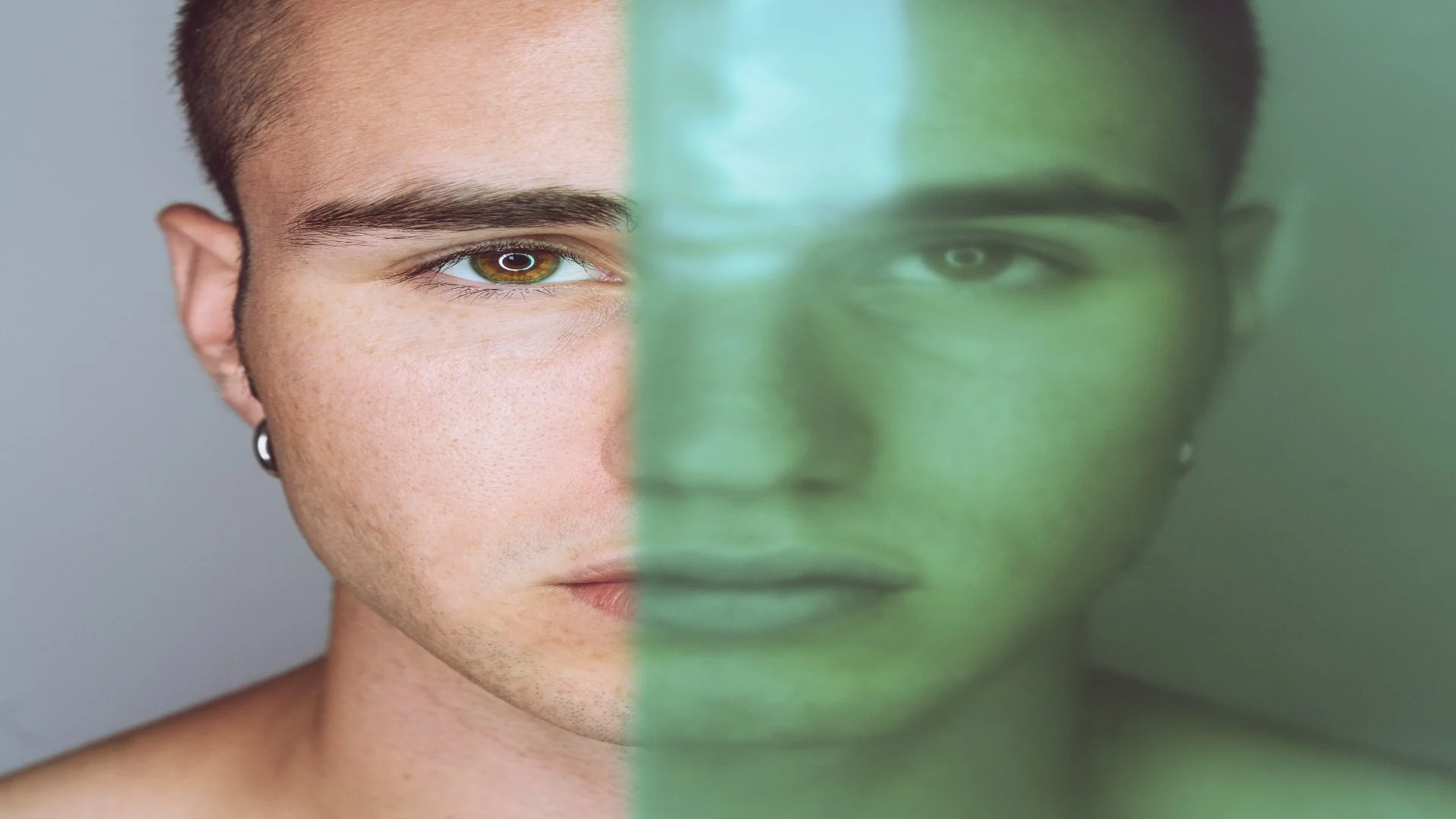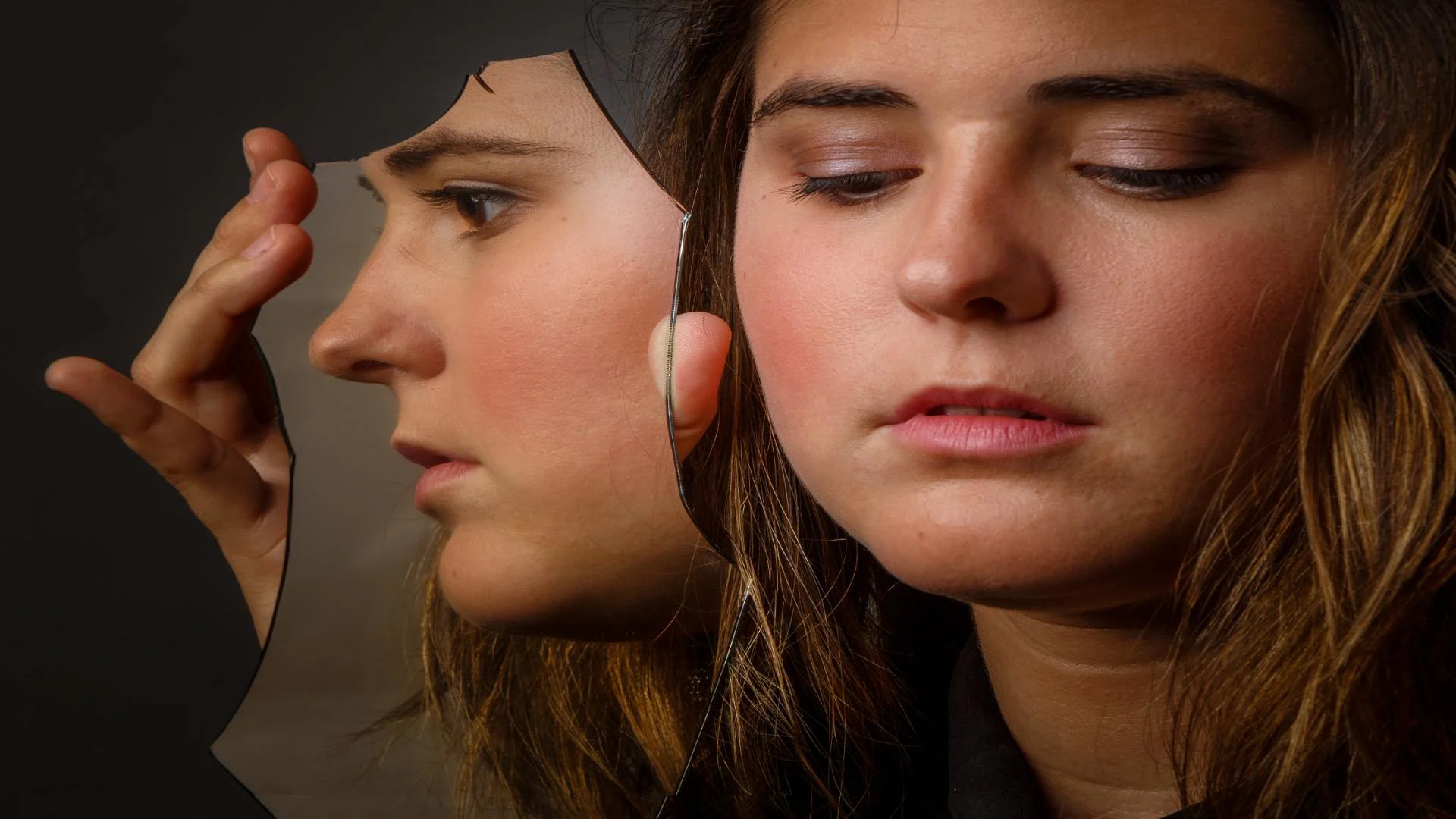Mental Health
Bipolar Thinking Patterns

Learn how a person with bipolar thinks, from manic highs to depressive lows, and discover practical strategies for stability, healing, and long-term recovery.
How does bipolar disorder affect a person's thinking?
Bipolar disorder can cause racing thoughts during manic episodes, leading to impulsive decisions, while depressive episodes slow thinking and increase negative thought patterns. These fluctuations can impact judgment, problem-solving, and emotional responses, making it necessary to understand how a person with bipolar thinks.
Can someone with bipolar disorder have standard thought patterns between episodes?
Yes, many individuals with bipolar disorder experience periods of stability between mood episodes. During these times, their thinking and decision-making are typical, allowing them to function normally in their personal and professional lives until another episode occurs.
What are common cognitive distortions in bipolar disorder?
People with bipolar disorder often experience cognitive distortions like black-and-white thinking, catastrophizing, and overgeneralization. These distortions can negatively influence their perception of reality, leading to increased emotional distress and difficulties in relationships and decision-making.
How can therapy help in managing bipolar thinking patterns?
Cognitive Behavioral Therapy (CBT) helps individuals identify and challenge negative thought patterns, develop coping strategies, and improve emotional regulation. It also provides a structured approach to managing mood swings and reducing the impact of cognitive distortions.
Is medication necessary for managing bipolar disorder?
Medication is often essential in managing bipolar disorder, as it helps stabilize mood and prevent severe episodes. Mood stabilizers, antipsychotics, and antidepressants are commonly prescribed to regulate emotions and reduce the intensity of manic and depressive symptoms.
Understanding the thought processes of individuals with bipolar disorder can be challenging, as mood swings between extreme highs (mania) and deep lows (depression) significantly influence cognition, emotions, and decision-making. During manic episodes, individuals may experience racing thoughts, rapid speech, and impulsive behavior, leading to unpredictable decisions.
With the proper support, stability is possible. In this article, we’ll explore how bipolar disorder shapes thinking and how personalized treatment can help you or your loved one find balance and healing.
If you or someone you love is struggling with bipolar disorder, you’re not alone. At The Edge Treatment Center, we recognize how these thought patterns impact mental health and recovery.
Understanding Bipolar Disorder
Bipolar disorder is a mental health condition that causes extreme mood swings, shifting between emotional highs (mania or hypomania) and deep lows (depression), making it essential to understand how a person with bipolar thinks. These mood shifts impact thought patterns, decision-making, and behavior, often disrupting daily life.
Definition and Types of Bipolar Disorder
Bipolar disorder is categorized into three main types:
Bipolar I Disorder: Characterized by manic episodes lasting at least seven days or requiring hospitalization. Depressive episodes often follow, lasting at least two weeks.
Bipolar II Disorder: Defined by recurrent depressive episodes and hypomanic episodes (a milder form of mania), without full-blown manic episodes.
Cyclothymic Disorder (Cyclothymia): A chronic, fluctuating mood disorder with numerous periods of hypomanic and depressive symptoms that don’t meet the full criteria for bipolar I or II.
Bipolar disorder affected about 4.4% of adults in the United States. It can develop at any age but is most commonly diagnosed in late adolescence or early adulthood. The condition occurs equally in men and women, though symptoms may present differently. Individuals with a family history of bipolar disorder are at a higher risk of developing the condition.
Thought Patterns During Manic Episodes
Racing thoughts: Thoughts move rapidly and uncontrollably, often jumping from topic to topic and disrupting focus.
Difficulty concentrating: Inability to stay with one task or idea due to mental overstimulation.
Grandiosity or delusions of grandeur: Belief in having exceptional abilities, importance, or a unique mission, sometimes detached from reality.
Impulsive decision-making: Acting without considering consequences—often driven by overconfidence or emotional urgency.
Risk-taking behavior: Engaging in dangerous or reckless activities (e.g., overspending, unsafe sex, reckless driving).
Pressured speech: Talking rapidly, loudly, and insistently, often dominating conversations and struggling to pause.

We’re Here To Help You Find Your Way
Would you like more information about bipolar disorder? Reach out today.
Thought Patterns During Depressive Episodes
Depressive episodes in bipolar disorder can be just as extreme as manic episodes but in the opposite direction, leading to persistent sadness, hopelessness, and difficulty functioning.
Rumination: Persistent replaying of negative thoughts, regrets, or perceived failures, which increases feelings of hopelessness and impairs decision-making.
Black-and-white thinking: Viewing situations in extremes (e.g., all good or all bad), which reduces emotional flexibility and complicates relationships and problem-solving.
Suicidal ideation: Thoughts of death or suicide, ranging from passive (e.g., wishing not to wake up) to active planning. Suicidal ideation demands immediate clinical intervention when present.
Cognitive distortions: Patterns of negative thinking, in which a person is, but not limited to i) believing they are is unworthy or a burden to others, ii) expecting the worst in every situation, iii) minimizing accomplishments or exaggerating flaws. These distortions reinforce depression and hinder recovery without therapeutic support.
Some individuals may also experience mixed episodes where symptoms of depression and mania occur simultaneously or rapidly oscillate between the two extremes. These patterns can be especially disruptive and require close clinical monitoring.
Impact on Daily Life and Relationships

Bipolar disorder affects many aspects of daily life, including relationships, work, and social interactions. The unpredictable mood swings can create challenges in maintaining stability in personal and professional settings.
Challenges in Maintaining Personal and Professional Relationships
Mood swings can cause misunderstandings and emotional distance in relationships.
Manic episodes may lead to impulsive decisions that strain friendships and family bonds.
Depressive episodes can result in withdrawal, making it challenging to stay connected with loved ones.
Effects on Work Performance and Social Interactions
Difficulty concentrating or completing tasks during mood episodes.
Struggles with maintaining a consistent work schedule due to fluctuations in energy levels.
Social isolation during depressive episodes and overconfidence or inappropriate behavior during mania.

We’ll Lead You to New Heights
Do you have more questions about bipolar disorder? Reach out.
Coping Strategies and Treatment Options
Effective management of bipolar disorder requires a combination of medical treatment, therapy, and lifestyle adjustments.
Medication
Medication prescribed include:
Mood Stabilizers: Help manage mood swings and prevent extreme highs and lows.
Antipsychotics: Used for severe manic or mixed episodes.
Antidepressants: Prescribed with caution, as they may trigger mania in some cases.
Psychotherapy
Cognitive Behavioral Therapy (CBT): Helps individuals recognize and reframe negative thought patterns.
Dialectical Behavior Therapy (DBT): Focuses on emotional regulation and distress tolerance.
Psychoeducation: Educating individuals and families about bipolar disorder for better management.
Lifestyle Modifications
Regular physical activity to improve mood stability.
Maintaining a healthy, balanced diet.
Prioritizing consistent sleep patterns to prevent mood swings.
Support Systems
Relying on family and friends for emotional support.
Joining support groups to connect with others facing similar challenges.
Seeking professional guidance for personalized coping strategies.

The Edge Treatment Center's Approach to Healing
At The Edge Treatment Center, we provide a comprehensive approach to bipolar disorder treatment, focusing on both mental health and addiction recovery.
Personalized Treatment Plans
Tailored therapy and medication plans that address individual thought patterns and mood fluctuations.
Ongoing monitoring to ensure effective treatment adjustments.
Integration of Mental Health and Addiction Recovery Services
Addressing co-occurring disorders such as substance abuse, which often accompanies bipolar disorder.
Holistic strategies that combine therapy, medical care, and wellness practices.
Emphasis on Holistic Healing and Long-Term Support
Encouraging self-care, mindfulness, and emotional well-being.
Providing long-term support through aftercare programs and community engagement.

We’re Here To Help You Find Your Way
Do you need advice about bipolar disorder? Reach out today.
Bipolar Thoughts Controlling Your Life? We Can Help
Living with bipolar disorder can be overwhelming, and understanding how bipolar disorder can influence thought patterns and decision-making is the first step toward healing. Whether you’re struggling with manic highs, depressive lows, or both, you don’t have to face it alone.
The Edge Treatment Center offers specialized treatment plans tailored to your needs, combining medical support, therapy, and holistic healing. Contact us today if you or a loved one is ready to take the first step toward stability and recovery. Though BPD can feel overwhelming, tailored treatment plans and ongoing support significantly improve quality of life and symptom management.

We’re Here To Help You Find Your Way
If you or a loved one is struggling with addiction, there is hope. Our team can guide you on your journey to recovery. Call us today.
Written by
The Edge Treatment Center
Reviewed by
 Jeremy Arzt
Jeremy ArztChief Clinical Officer
Mental Health
September 23, 2025
